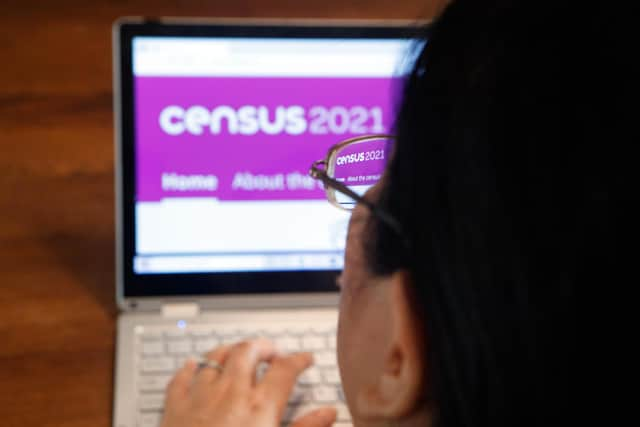What Census 2021 shows about women in Doncaster
and live on Freeview channel 276
It comes as International Women's Day is celebrated this week with women's rights charity The Fawcett Society saying more concerted action is needed to tackle gender inequality in the UK.
The census survey taken across England and Wales in March 2021 shows of the 308,106 usual residents in Doncaster, 155,280 are women – accounting for 50.4 per cent of the area's population.
Advertisement
Hide AdAdvertisement
Hide AdIn Doncaster, women made up 59.1 per cent of unpaid carers, meaning they were looking after someone because of long-term physical or mental health conditions or illnesses, or problems related to old age without compensation.


This is similar to the trend across England and Wales where there are approximately 2.8 million female unpaid carers and approximately 1.9 million male unpaid carers.
Additionally, women in Doncaster were more likely to have a disability than men, with 21.2 per cent of women stating they were disabled in the census, while 19.5 per cent of men did.
The recent census also revealed 12,865 people in Doncaster had previously served in the UK armed forces. Just 1,780 (13.8 per cent) of them were women.
Advertisement
Hide AdAdvertisement
Hide AdJemima Olchawski, chief executive of the Fawcett Society, said there is not a single "sure-fire" solution to improve gender equality in the UK, but more action is needed.
"This Government must urgently reform the childcare system so that it is affordable, accessible, and works for women and employers must make flexible work the default," she added.
She said: "We simply can't allow this Government to stand by as women's hard-fought gains are lost."
The survey also highlighted women in Doncaster were more likely than men to identify with a sexuality other than heterosexual. Figures show around 3,585 women in the area identified as lesbian, gay, bisexual or another minority sexuality, while 2,930 men (2.4 per cent) did.
Advertisement
Hide AdAdvertisement
Hide AdAcross England and Wales, females (3.3 per cent) were more likely to have identified as lesbian, gay, bisexual or another minority sexual orientation than males (3 per cent).
Census data shows 93.6 per cent of women in the area identified as white, 1.1 per cent as black, 2.8 per cent as Asian, 1.4 per cent as mixed and 1.1 per cent as another ethnicity.
Comment Guidelines
National World encourages reader discussion on our stories. User feedback, insights and back-and-forth exchanges add a rich layer of context to reporting. Please review our Community Guidelines before commenting.